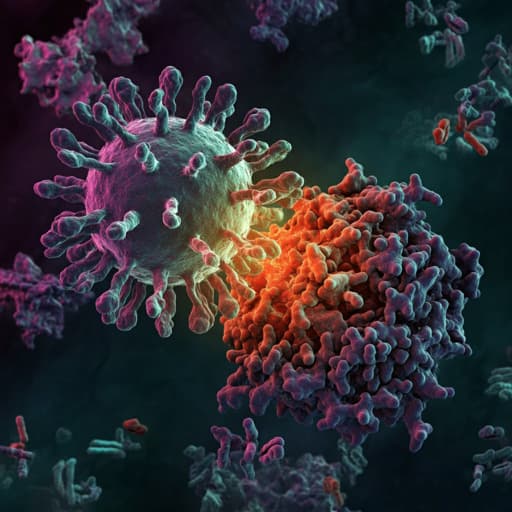
Medicine and Health
Efficacy of primary series AZD1222 (ChAdOx1 nCoV-19) vaccination against SARS-CoV-2 variants of concern: Final analysis of a randomized, placebo-controlled, phase 1b/2 study in South African adults (COV005)
A. L. Koen, A. Izu, et al.
Discover the latest findings on COVID-19 vaccine efficacy against distinct SARS-CoV-2 variants from the comprehensive COV005 study conducted by renowned researchers. This double-blind, randomized trial sheds light on the safety and effectiveness of the AZD1222 vaccine in South African adults across different waves of infection.
~3 min • Beginner • English
Related Publications
Explore these studies to deepen your understanding of the subject.







